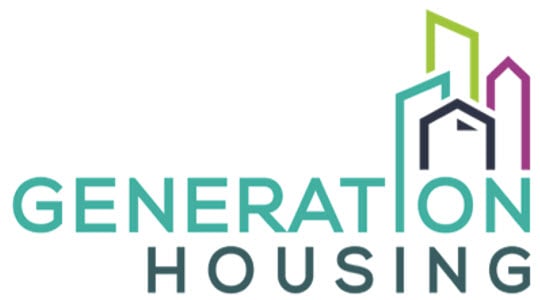May is Affordable Housing Month: a time when we lift up the importance of, need for, and successes in development of housing built and reserved for the low wage earners and low income families who need it most. It’s fitting then, that May is also the month Generation Housing is releasing its second State of Housing report.
The Sonoma County landscape today is peppered with new multifamily — much of it is housing reserved for the County’s low wage earners — housing in various stages of construction; hundreds of new units, from studios to three-bedroom rentals, duets for purchase, some guaranteed as affordable to low wage earners, some for middle income families, will be available soon.
And while this uptick in housing production is just what Sonoma County needs—it’s just a start. Our 2021 How Much Housing Do We Need? study concluded that the county’s failure to produce enough housing to match the pace of population and job growth for nearly two decades had left us 38,000 units behind. And let’s remember though that these projects have been years in the making. They are in many cases the result of incentives put in place after the 2017 fires, one-time federal funding made available to wildfire-impacted areas, and collaborative efforts by philanthropic and community-based organizations to fill funding gaps. This is a moment in time created by combined efforts over several years. If we are to successfully chip away at our deep housing deficit, newly laid foundations, visible scaffolding, and hard hats need to become a regular part of our scenery for the next several years. And so it is incumbent on us to keep our eyes on the goal and our feet on the gas. We need to watch closely how our progress waxes and wanes and iterate as necessary.
This 2023 State of Housing in Sonoma County report (“SOH”), the first annual update to Generation Housing’s first SOH in 2022, tracks changes in the housing shortage crisis over the past year and presents new ways to look at housing data for the policy solutions that lie ahead. This annual update has a renewed focus on solutions because it is paired with our first annual jurisdictional housing progress reports. These scorecards highlight exemplary policies and challenges facing each jurisdiction so that local leaders can draw upon successful models regionally and around the state. In constructing these community profiles, Generation Housing acknowledges there are many paths to the goal of more housing—one effect of our local-driven approach in California. Yet no challenge is so unique as to prevent each jurisdiction’s participation in the overall goal of more, more diverse, and more affordable housing.
Because many economic realities are outside of our local control, and our existing housing stock and system are inherited outcomes, we call upon our local policymakers to use their considerable power to carve a different path—one that creates a housing system that supports a more equitable, sustainable, resilient, and prosperous community for all. And we call upon all our local leaders, across sectors, to support those efforts.
This community has shown its ability to band together to drive solutions in response to disaster after disaster. We can draw upon those same assets, spirit of innovation, and determination to make Sonoma County a model of innovative housing systems change.
We hope that this annual report will continue to keep us focused in that effort and ultimately document and celebrate success.
In partnership,
Jen
